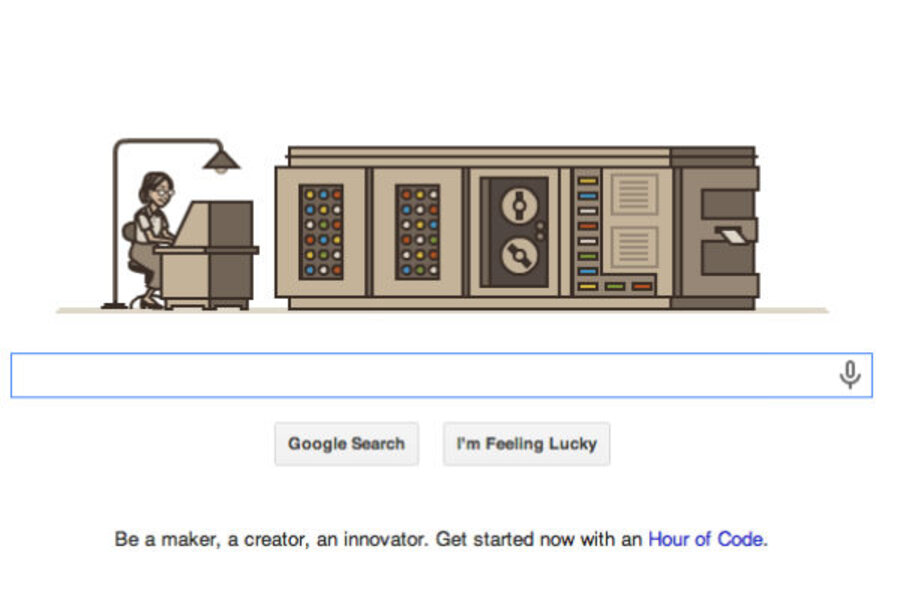In 1982, David Letterman asked Dr. Hopper how she knew so much about computers. She replied, “I didn’t. It was the first one.” Throughout her career, Hopper worked on the Mark I computer at United States Naval Reserve’s Bureau of Ordnance Computation Project at Harvard University, one of the earliest working computers, as well its later generations Mark II and III. She also led the team that invented COBOL, a language which is still used today. She is also known to have coined the term “debug” to rid a computer of glitches after lifting an actual moth from the inner workings of a Mark II computer. Hopper earned her PhD in mathematics from Yale on top of a Bachelors degree from Vassar, and enlisted in the Navy at age 37. She received the National Medal of Technology, the Data Processing Management Association’s “computer sciences man of the year” award, and the Defense Distinguished Service medal.
 Mark Sappenfield
Mark Sappenfield
Dear Reader,
About a year ago, I happened upon this statement about the Monitor in the Harvard Business Review – under the charming heading of “do things that don’t interest you”:
“Many things that end up” being meaningful, writes social scientist Joseph Grenny, “have come from conference workshops, articles, or online videos that began as a chore and ended with an insight. My work in Kenya, for example, was heavily influenced by a Christian Science Monitor article I had forced myself to read 10 years earlier. Sometimes, we call things ‘boring’ simply because they lie outside the box we are currently in.”
If you were to come up with a punchline to a joke about the Monitor, that would probably be it. We’re seen as being global, fair, insightful, and perhaps a bit too earnest. We’re the bran muffin of journalism.
But you know what? We change lives. And I’m going to argue that we change lives precisely because we force open that too-small box that most human beings think they live in.
The Monitor is a peculiar little publication that’s hard for the world to figure out. We’re run by a church, but we’re not only for church members and we’re not about converting people. We’re known as being fair even as the world becomes as polarized as at any time since the newspaper’s founding in 1908.
We have a mission beyond circulation, we want to bridge divides. We’re about kicking down the door of thought everywhere and saying, “You are bigger and more capable than you realize. And we can prove it.”
If you’re looking for bran muffin journalism, you can subscribe to the Monitor for $15. You’ll get the Monitor Weekly magazine, the Monitor Daily email, and unlimited access to CSMonitor.com.








